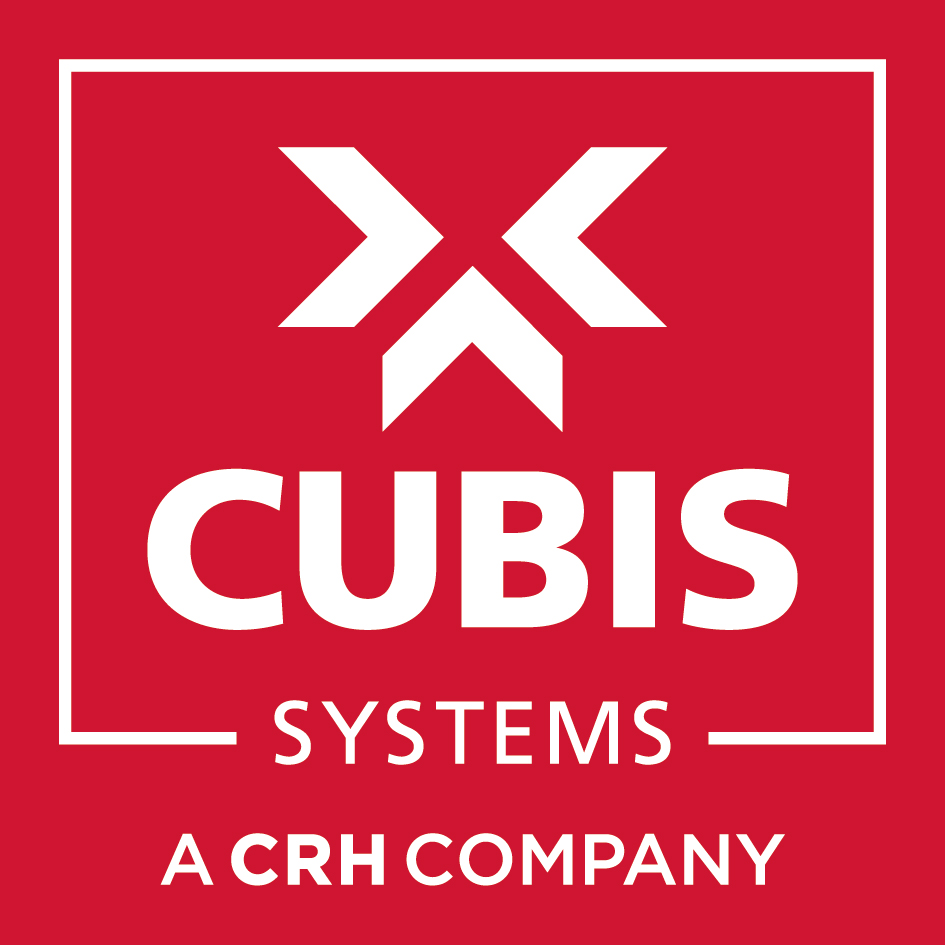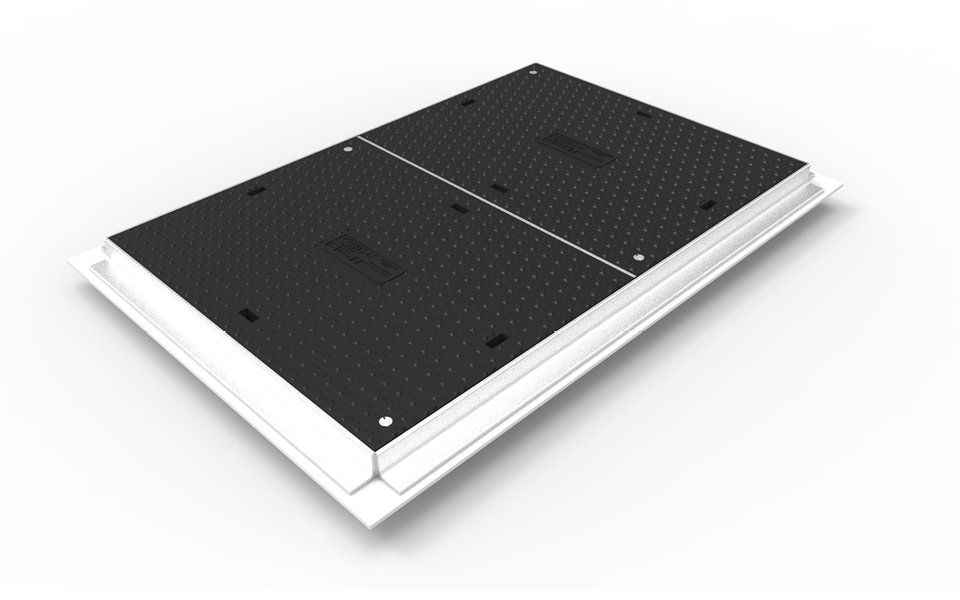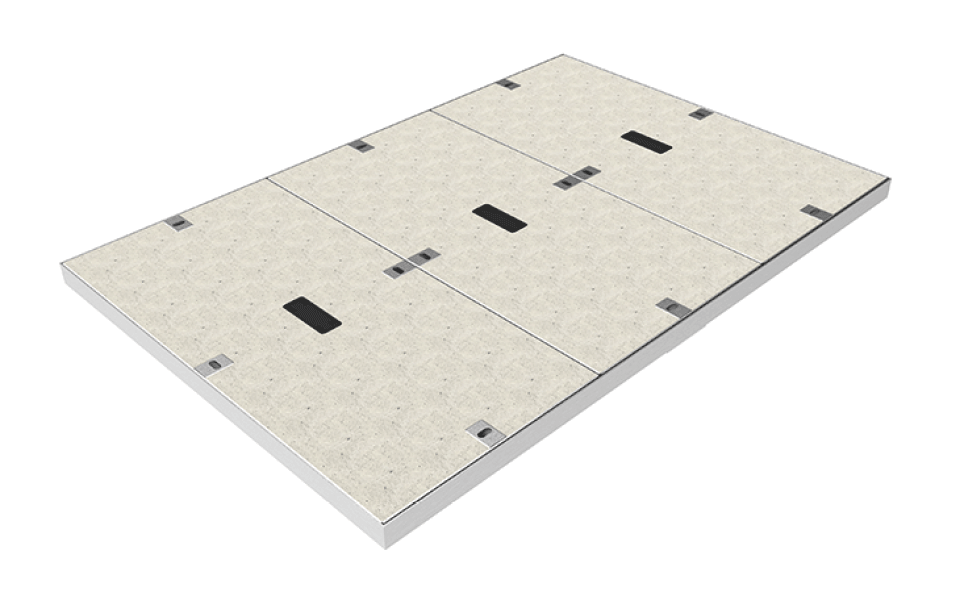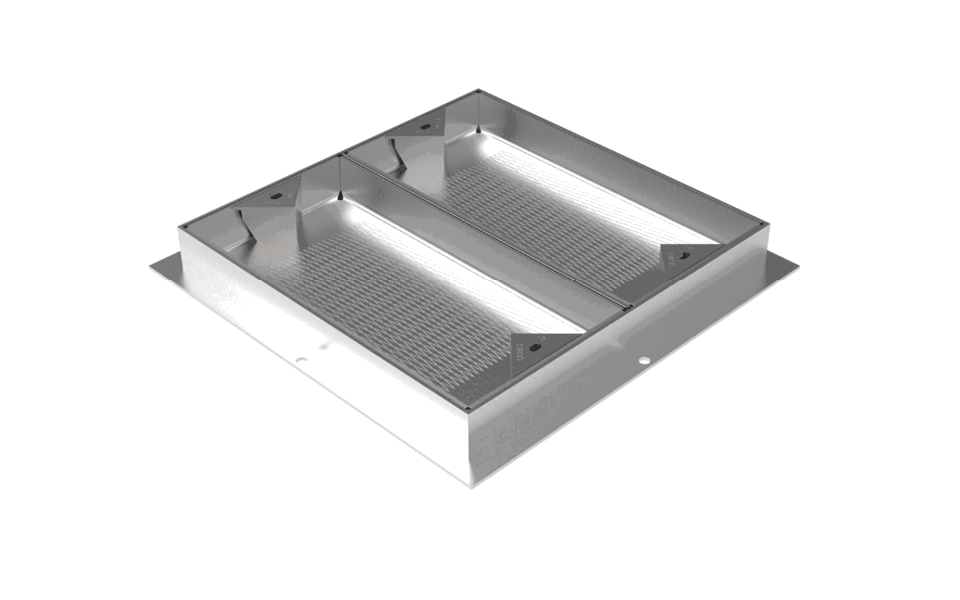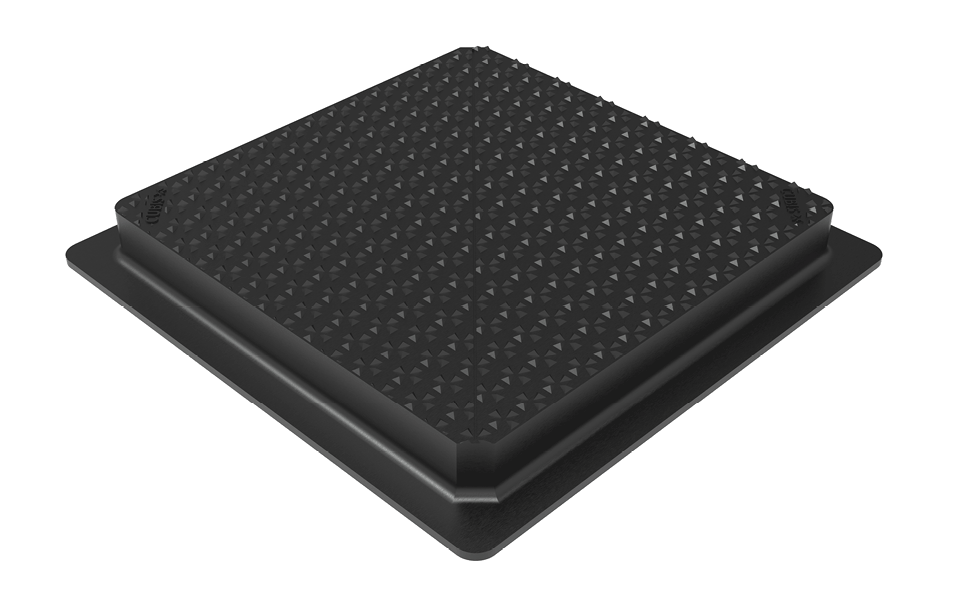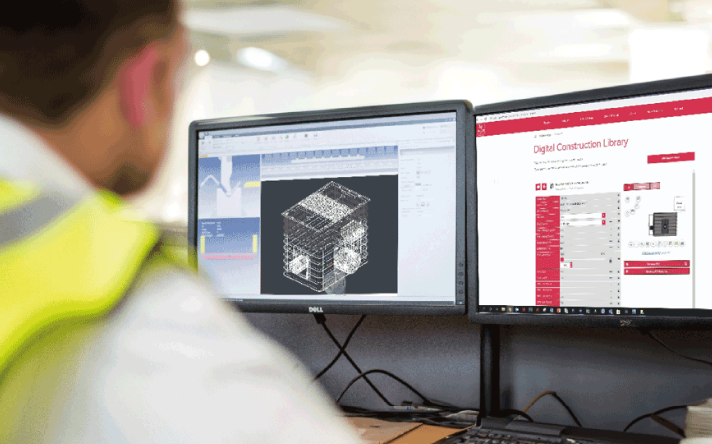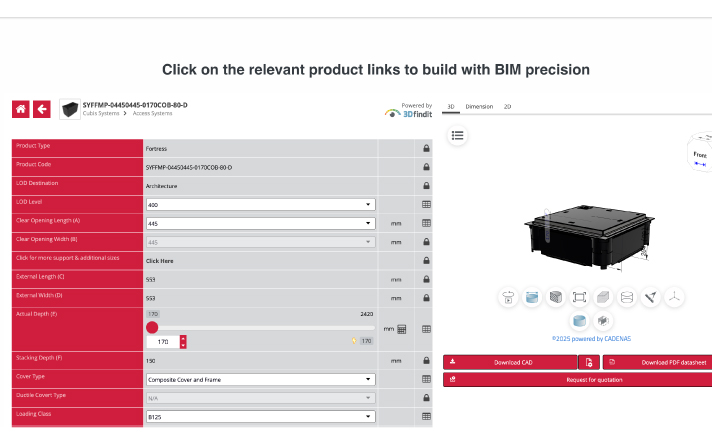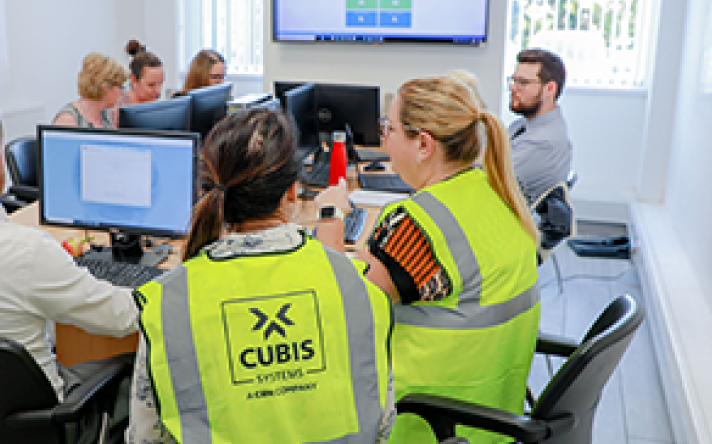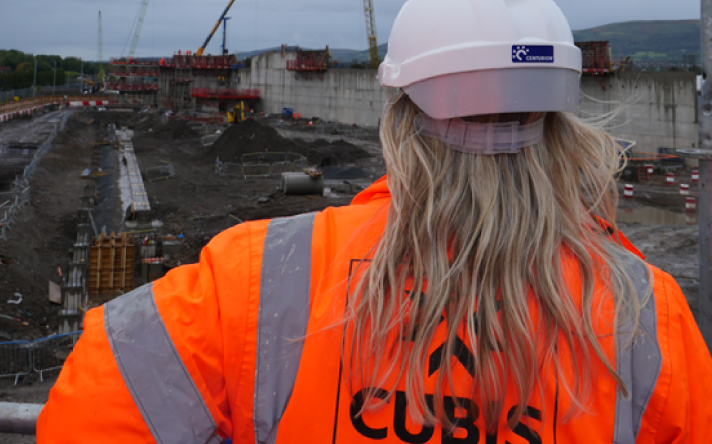How to specify the right access cover
a practical guide for infrastructure projects
Access covers are often the final visible component in a complex underground infrastructure system.
Despite their unobtrusive presence, the right access cover plays a critical role in long-term safety, performance, and maintenance. Selecting the wrong cover type can compromise a system’s function, increase lifecycle costs, and pose safety risks.
Whether you’re working on a highways project, rail platform, utility network, or public realm scheme, understanding the key access cover types and their appropriate applications is essential.
Key factors to consider in access cover specification
-
1. Load rating
Covers must withstand the expected traffic and operational load. Ratings range from light pedestrian use (A15) up to heavy-duty industrial loading (D400+).
-
2. Material selection
Materials impact cover weight, strength, corrosion resistance, and radio wave permeability.
-
3. Environmental conditions
Consider exposure to moisture, UV radiation, freeze-thaw cycles, and chemical contaminants.
-
4. Site integration
For urban, landscaped, or paved areas, aesthetics matter. Recessed and paving-compatible designs help covers blend into the environment.
-
5. Access requirements
How frequently will the cover be accessed? Does it need to allow telemetry signals to pass through? Will multiple covers need to work in combination?
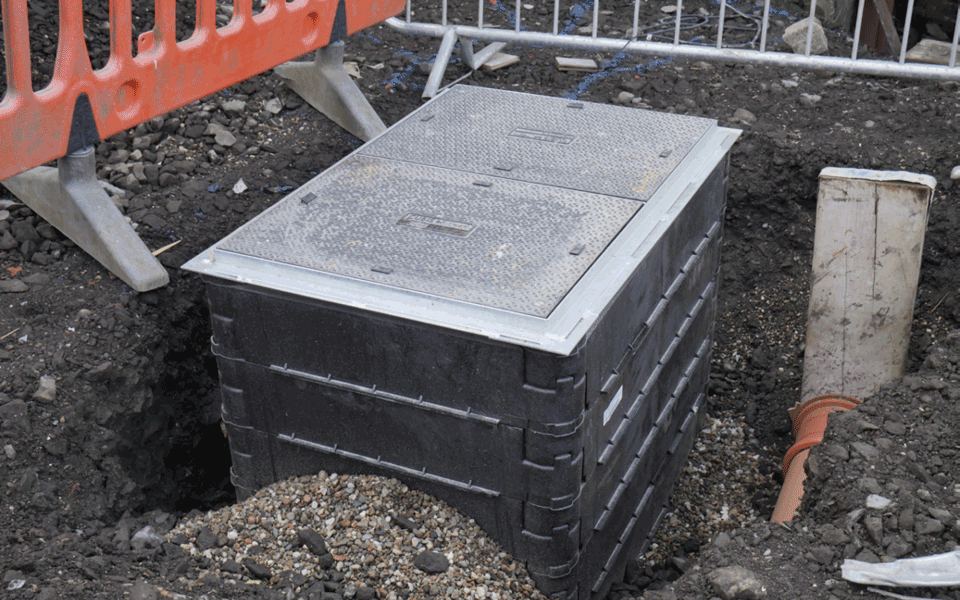
Access cover types explained
1. Composite access covers
- Constructed from lightweight but durable GRP
- Ideal for telecoms cabinets, rail platforms, traffic signal, and large chambers requiring ease of access
- Allows telemetry and radio signals to pass through
- Easily lifted without specialist equipment
Best for: Sites requiring regular access to equipment or data, and where speed and signal permeability are priorities.
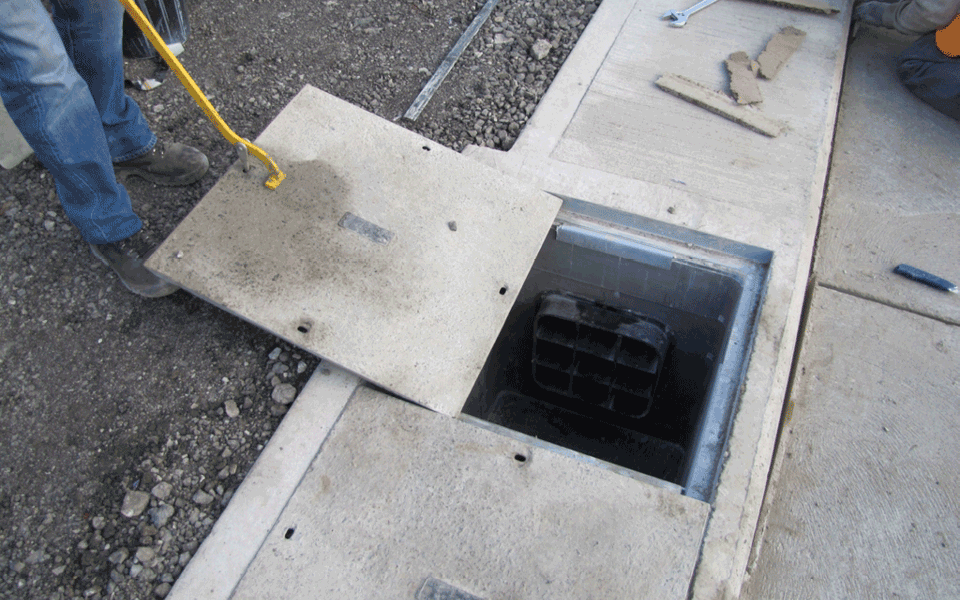
2. Concrete infill access covers
- Used extensively in telecoms and utilities
- Suitable for pavements and fibre rollout zones
- Offers a strong, durable finish with excellent slip resistance
- Can be combined in multiples for larger chambers
Best for: Pedestrian areas with high footfall and outdoor exposure.
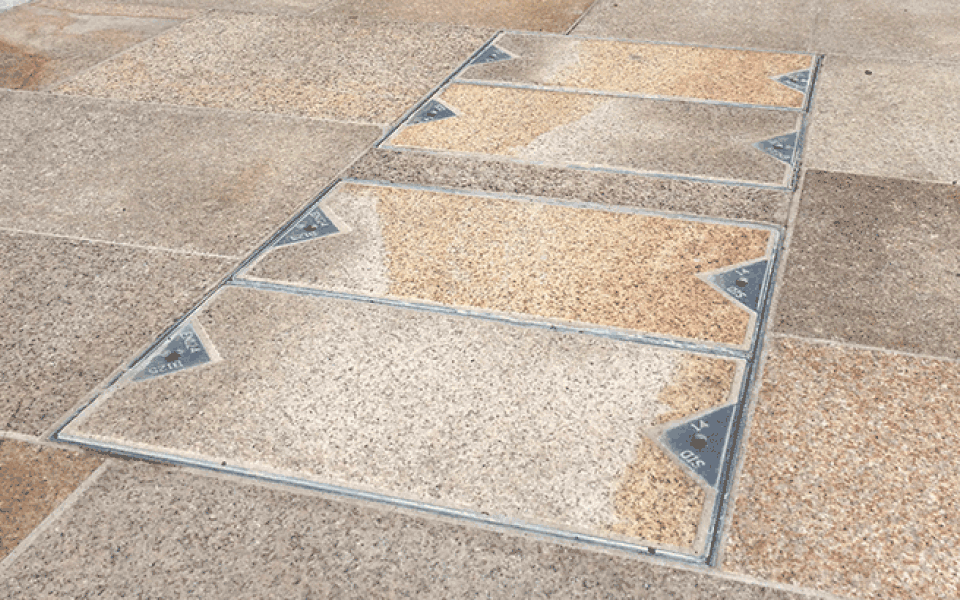
3. Recessed access covers
- Designed to be filled with matching paving or surface finish
- Discreet and aesthetically integrated into surroundings
- Maintains a desired appearance without hindering access to vital utilities
- Popular in high streets, market areas, and landscaped public zones
Best for: Urban realm and public-facing infrastructure projects where aesthetics are important.
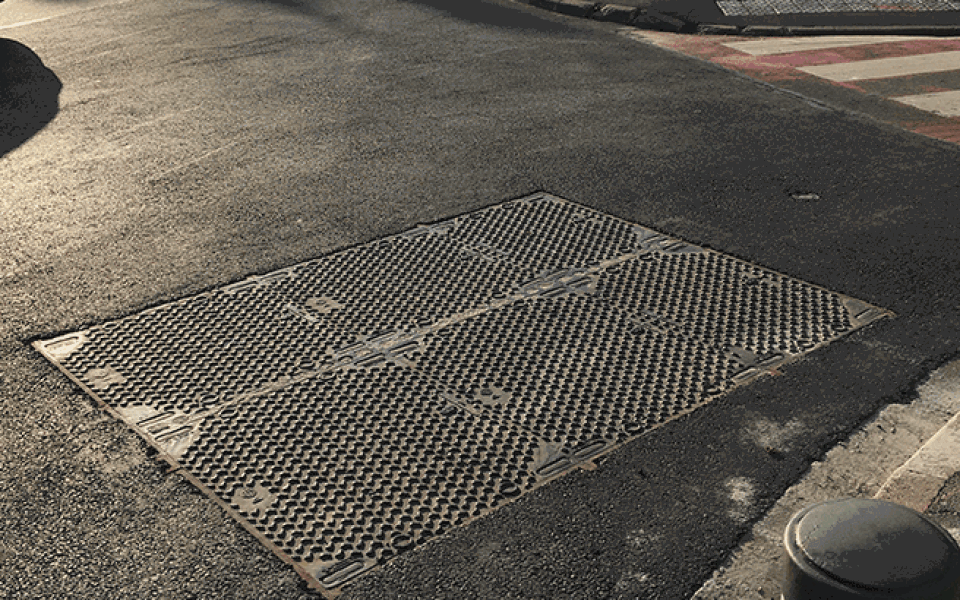
4. Ductile iron access covers
- Heavy-duty, high-strength solution for industrial applications
- Handles heavy vehicles including HGVs and aircraft
- Long-lasting and capable of withstanding intense loading
Best for: Roads, motorways, ports, factories, airports, and other high-load environments.
Making the right choice: a summary
To choose the right access cover, align performance demands with site conditions. Use this simplified decision guide:
‣ Lightweight, frequent access? The composite cover is (usually) the go-to.
‣ Paved area with aesthetic needs? The recessed cover is (usually) the go-to.
‣ High load or industrial use? The ductile iron cover is (usually) the go-to.
‣ General utility or telecoms trench? The concrete infill cover is (usually) the go-to.
The above is a quick-hand access cover specification guidebook only, and each site and project will have custom considerations. Our technical team can support specification decisions from early-stage planning through to installation.
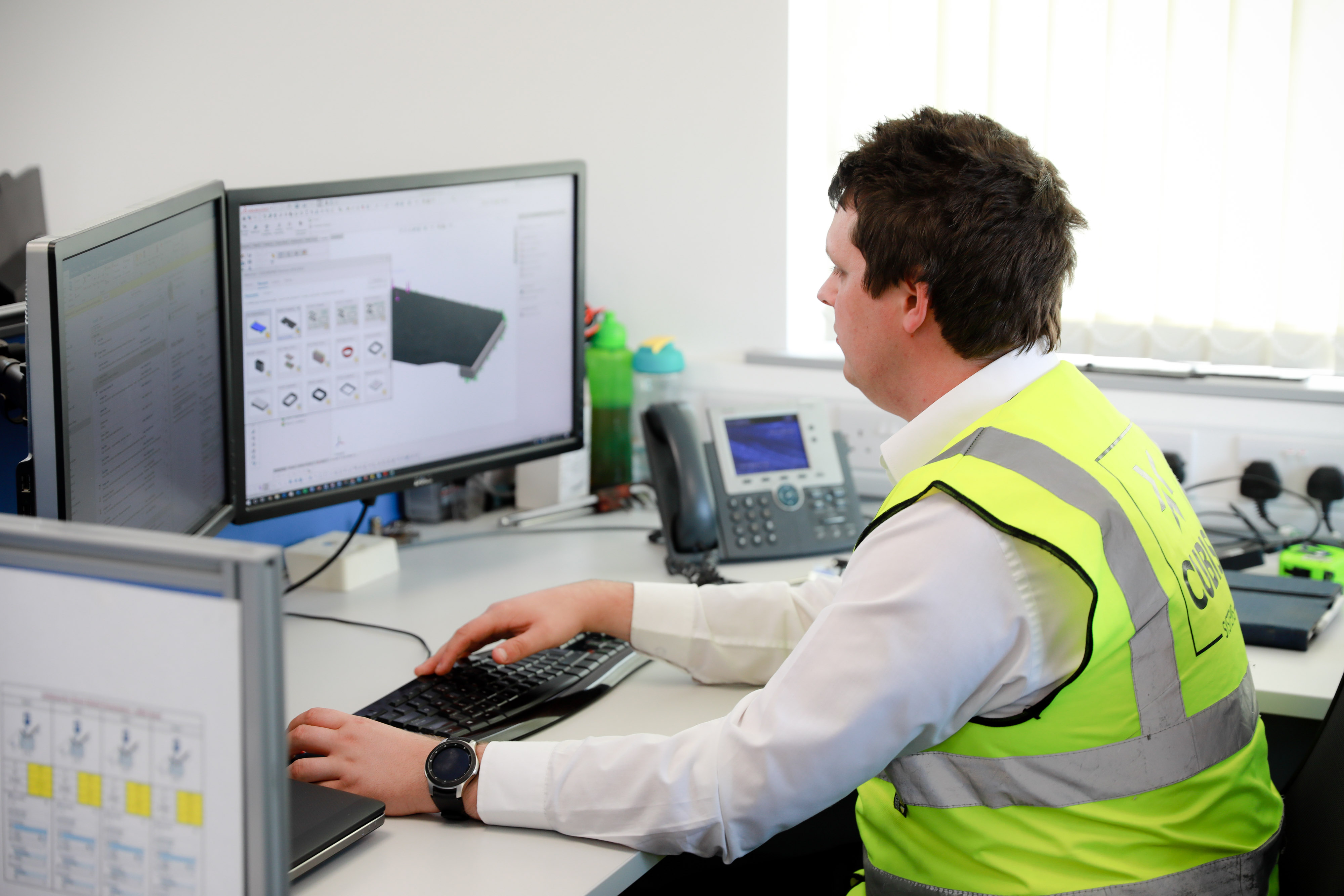
Contact us to discuss your next project or request detailed product data.
📞 +44 (0)28 38 313100
